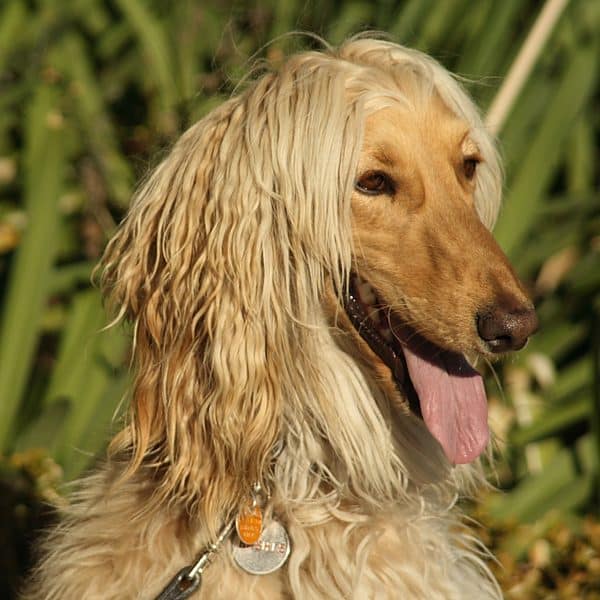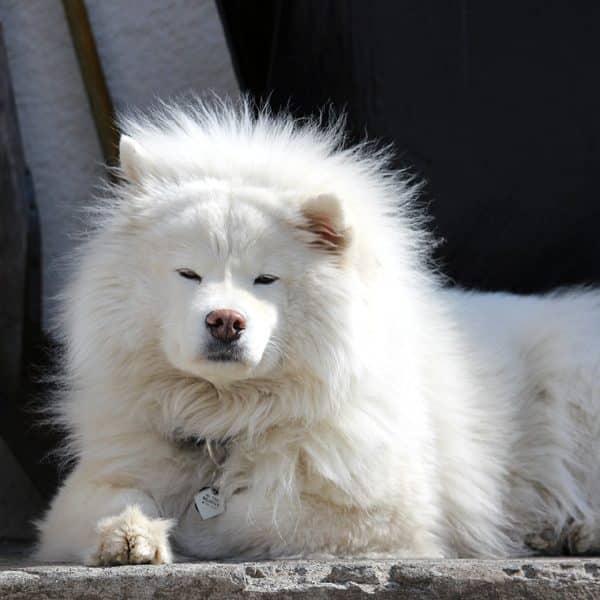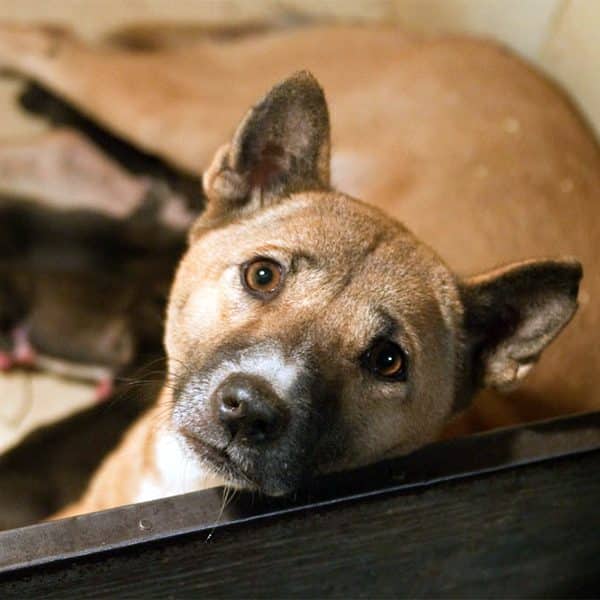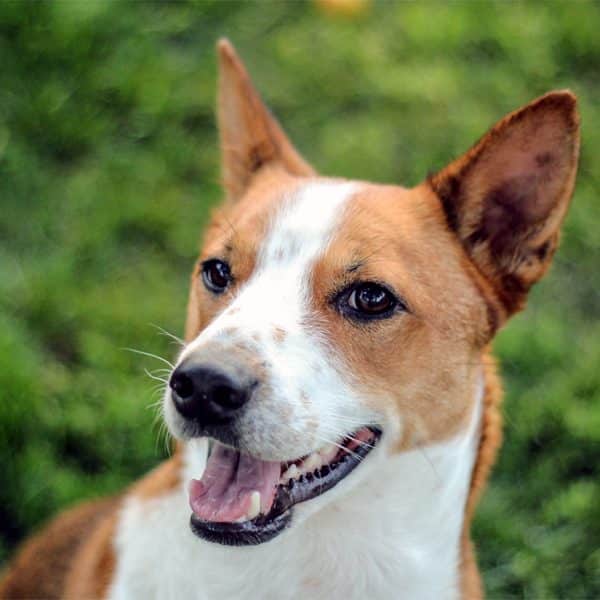The history of dog domestication is a puzzle without a box, or one where the broadest and clearest possible view is still in development. The more work that’s done across a variety of fields — from genetics to archaeology — the more pieces fall into place, and the more we know about the history and evolution of dogs. One portion of the big picture is very clear, and that’s the role of pure breeding programs and breed standards in limiting the overall genetic diversity in dogs since their start in the 1800s.
These factors make the question of which are the “oldest” dog breeds a difficult one to answer. Most of the recognizable or defined dog breeds we have today are the creation, not of evolutionary development or natural selection, but of breeders purposefully choosing what traits are most desirable in their kennels. That’s not a value judgment; just a statement of fact. It affects the genetic makeup of very nearly every modern dog, from the coiffed show dog in the ring to the mutt on the couch next to you.

The Afghan Hound is consistently listed as an ancient dog breed. (Photo via Wikimedia)
Terminology: Extinct, Ancient, Primitive
There are a number of terms people use casually when describing canine lineage. When we try to determine the “oldest” dog breeds, do we mean those that have been in continuous existence the longest? Are we trying to describe the broader kinds or types of canids that comprised the “original” domestic dogs? As recent scientific studies have proved conclusively, the breeds generally considered “ancient” use that term very loosely indeed.
So what do these words mean?
- Extinct
- Primitive
- Ancient
Extinct dogs
Lists of extinct dog breeds are themselves somewhat unreliable, since even the most detailed among them counts dogs like the Braque du Puy, the Blue Paul Terrier, the Norfolk Spaniel, or the Paisley Terrier, that were themselves products of 18th- and 19th-century breeding programs that petered out, or gave way to the development of other, modern breeds. Extinct dog breeds that might truly be considered products of the ancient world would be considered “types” or “kinds” of dogs today.

The Samoyed’s DNA ties it closely to truly ancient dogs. (Photo via Pixabay)
By that, we mean more general, descriptive terms that are associated with working dogs and their functions. Like “hunting dogs,” “farm dogs,” or “sled dogs,” many extinct dogs were known for what they did and the roles they performed, rather than for the physical characteristics that we think of today when we invoke a specific breed. These include:
- The Chiribaya Dog: an inhabitant of South America before Europeans arrived
- The Hare Indian Dog, resident of the North American Arctic
- The Kurī, a canid of the South Pacific
- The Molosser, a massive dog employed in the Ancient Mediterranean for war
These were not formal breeds, as such, or at least not in the way we understand the term. These are the kinds of dogs we see in ancient art. They are regional canid types that were either absorbed into modern dog populations with the introduction of European dogs, or actually died out with the passage of time.
Primitive dogs
“Primitive” might be the designation closest to what most of us mean when we’re looking for the oldest dog breeds in the world. The Primitive Dog Society defines these dogs as aboriginal dog breeds that have always been linked to specific locations, regions, or countries. They have largely been undisturbed by crosses with dogs imported by travelers from Europe or other maritime colonial or merchant powers. These are also known as “landrace” dogs, or ones which evolved and developed independent of human interference.
These dogs hail from all over the world, and include breeds like the New Guinea Singing Dog. This breed of dog remains one of the rarest, since its habitats have somehow remained untroubled. With the exception of the few available for scientific study and research, the NGSD, as it is also known, is a true “wild” dog. Other primitive dogs include Australia’s Dingo and the Carolina Dog, which miraculously remained undiscovered in the American South until the 20th century.

The NGSD’s geographical isolation contributes to its ancient dog lineage. (Photo via Wikimedia)
Ancient dog breeds
“Ancient” is an awkward and imprecise word when it comes to dog breeds. We want it to mean something like “extinct” or “primitive,” with its connotations of having a history that stretches back into the fog of prehistory. When it’s employed by contemporary science, however, it usually applies to those breeds whose genetic makeup is most similar to undomesticated canids, wolves generally, and the grey wolf in particular.
Even when we get that specific, there still seems to be disagreement on which contemporary dogs are counted among the “ancient” breeds. Lists of ancient dog breeds — those with the greatest genetic similarity to wolves — tend to range in number from seven to 14. As we mentioned at the start, new developments in research affect which dogs make the cut. For instance, a 2004 article in Science lists 14 breeds; a 2010 article in Nature identifies only 13. Each list has 9 in common:
- Afghan Hound
- Akita
- Alaskan Malamute
- Basenji
- Chinese Shar Pei
- Chow Chow
- Saluki
- Samoyed
- Siberian Husky
From here, the lists diverge wildly. The Science article includes the Lhasa Apso, Pekingese, Shi Tzu, Shiba Inu, and Tibetan Terrier. The more recent research in Nature brings in the American Eskimo Dog, Canaan dog, Dingo, and New Guinea Singing Dog. The differences can be attributed to differences in methodology and approach, and thus, neither is “more correct” or accurate than the other.

Is this happy Basenji one of the oldest species of dog? (Photo via Pexels)
The researchers who contributed to Science gave more consideration to genetic diversity based on the variety of dogs found within major land masses, which explains why their outstanding breeds are all from Asia. Nature‘s researchers privileged distinctness within genetic makeup, which is why you may notice that their unique breeds are mostly “landrace” or “primitive” breeds, ones associated with geographical locations that are isolated from each other.
The history of the dog is still unfolding
If it’s not obvious by now, the history of ancient dog breeds can be both as confusing — and as fascinating — as an episode of Ancient Aliens. Thankfully, ancient astronaut theorists have yet to make any substantive contributions to our collective understanding of canine genetics. That hasn’t stopped enthusiastic amateurs from trying to claim that outer space, and not the wolf, is the true origin of dogs.
The post Extinct, Primitive, or Ancient: Which Are the Oldest Dog Breeds? appeared first on Dogster.
No comments:
Post a Comment